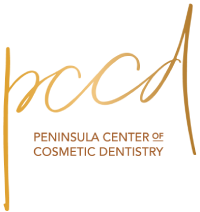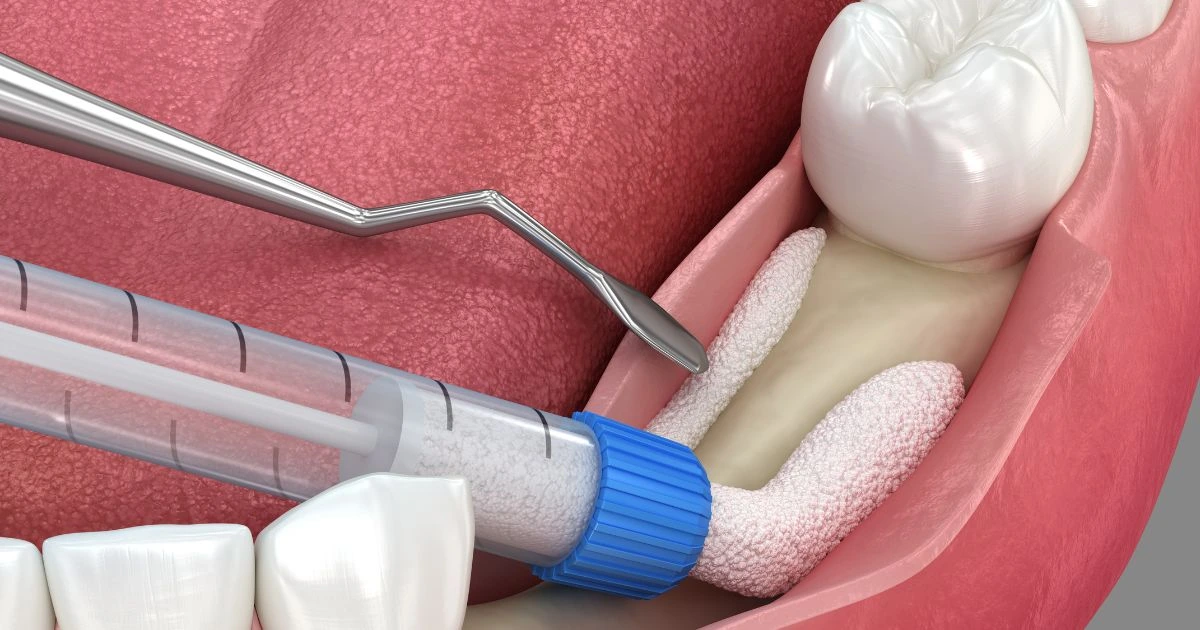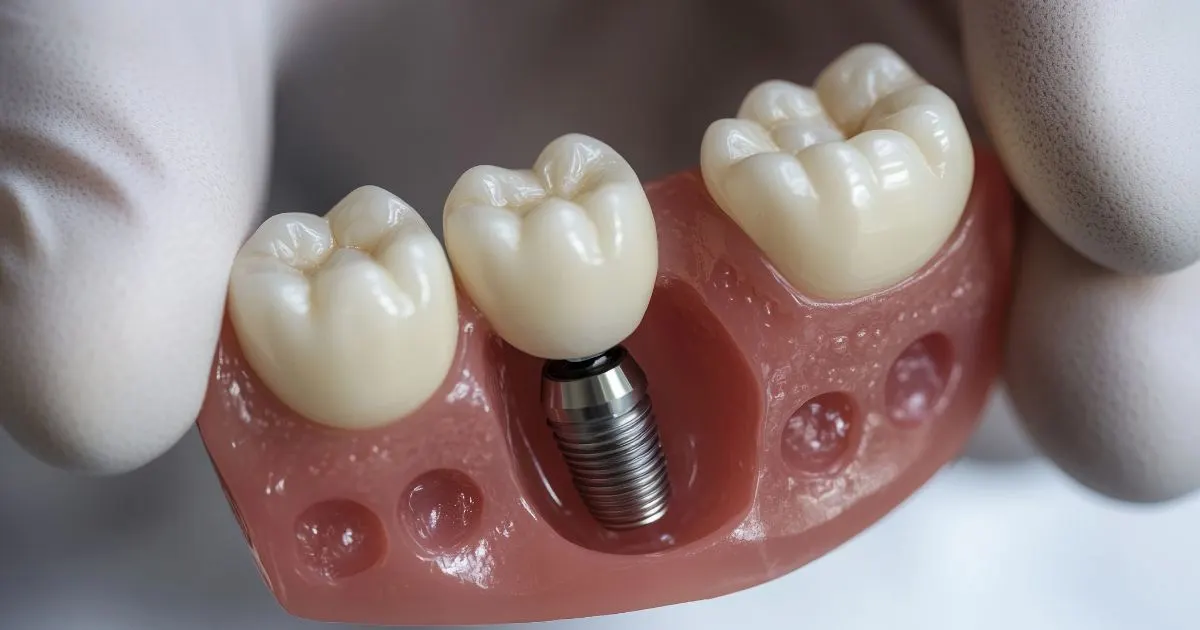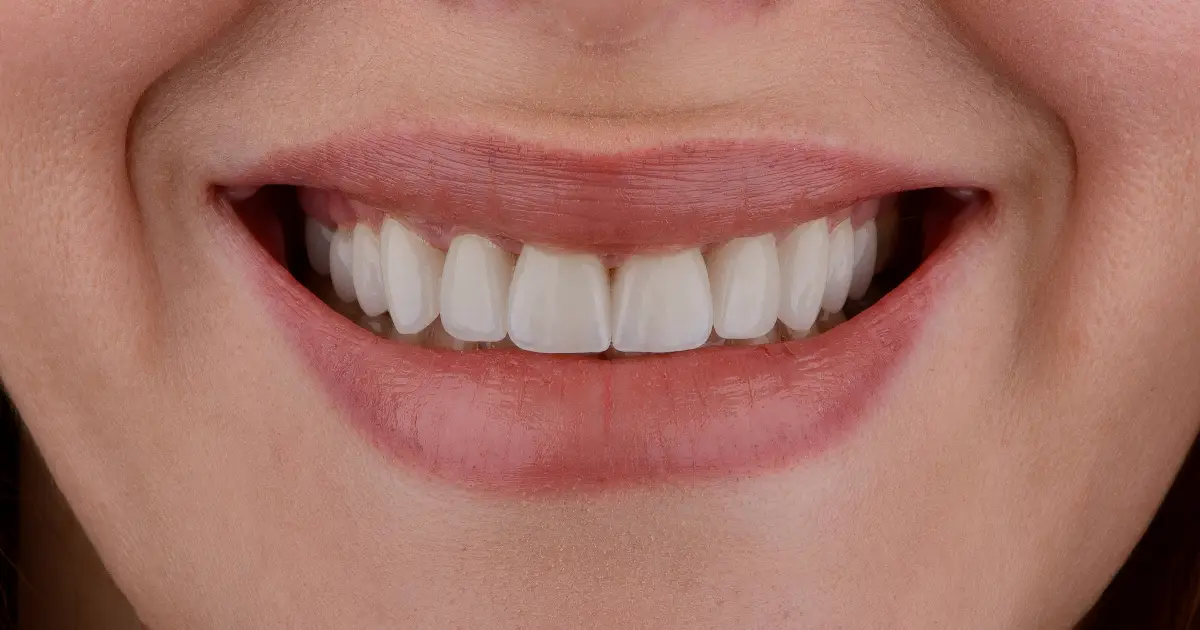Introduction
At Peninsula Center of Cosmetic Dentistry, we understand that reconstructive dentistry can be a topic of concern and curiosity for many individuals. When restoring oral health and regaining a beautiful smile, it’s natural to have questions. That’s why we have created this blog to address frequently asked questions about reconstructive dentistry, providing you with the information you need to make informed decisions about your dental care.
Reconstructive dentistry encompasses a range of procedures to repair and enhance your teeth, gums, and overall oral function. Whether you’re dealing with tooth decay, tooth loss, or dental trauma, reconstructive dentistry can offer effective solutions to restore oral well-being and improve quality of life.
Through this blog, we aim to shed light on the fundamentals of reconstructive dentistry and answer some common questions you may have. We will explore the circumstances in which reconstructive dentistry becomes necessary, the various procedures involved, and the potential benefits it can bring to your oral health and appearance. We will also address concerns about the duration, pain, and cost of reconstructive dental treatments, providing a comprehensive understanding of what to expect.
At Peninsula Center of Cosmetic Dentistry, knowledge is essential to making informed decisions about your dental care. Our experienced team of dental professionals is dedicated to providing personalized and compassionate care, and we are here to guide you through your reconstructive dental journey.
So, whether you are curious about the different procedures available, concerned about the cost, or wondering if reconstructive dentistry is right for you, this blog is designed to provide the answers you need. Let’s explore the world of reconstructive dentistry together and discover its possibilities for your oral health and smile transformation.
When is Reconstructive Dentistry Necessary?
When it comes to oral health, prevention is always better than cure. However, there are instances when reconstructive dentistry becomes necessary to address existing dental problems and prevent further complications. Here are some common situations where reconstructive dentistry is often recommended:
Severe Tooth Decay: When tooth decay progresses to an advanced stage, it can cause significant damage to the tooth structure. Reconstructive dentistry offers solutions such as dental fillings, crowns, or inlays/onlays to repair and restore the affected teeth.
Tooth Loss: Whether due to injury, decay, or periodontal disease, tooth loss can have a profound impact on your oral health and quality of life. Reconstructive dentistry provides options like dental implants, bridges, or dentures to replace missing teeth and restore proper chewing function and aesthetics.
Dental Trauma: Accidents or injuries can result in cracked, chipped, or broken teeth. Reconstructive dentistry techniques like dental bonding, veneers, or crowns can repair and strengthen damaged teeth, improving their appearance and functionality.
Malocclusion and Bite Issues: Misaligned teeth, overbites, underbites, or crossbites can affect not only your smile but also your ability to speak and chew properly. Reconstructive dentistry may involve orthodontic treatments, such as braces or clear aligners, to correct these bite issues and achieve proper alignment.
Worn or Eroded Teeth: Over time, teeth can become worn down or eroded due to grinding, acid reflux, or aggressive brushing habits. Reconstructive dentistry can restore these damaged teeth’ shape, structure, and function using techniques like dental crowns or veneers.
What Procedures Are Involved in Reconstructive Dentistry?
Reconstructive dentistry encompasses a range of procedures designed to address various dental issues and restore oral health and function. Here are some common reconstructive dental procedures that your dentist may recommend:
- Dental Implants: Dental implants are a popular and effective solution for replacing missing teeth. These artificial tooth roots are surgically placed into the jawbone and provide a sturdy foundation for dental crowns, bridges, or dentures. Dental implants offer a long-lasting and natural-looking solution that mimics the function and appearance of natural teeth.
- Dental Bridges: Dental bridges bridge the gap created by one or more missing teeth. They consist of artificial teeth, called pontics, that are anchored to adjacent teeth or dental implants. Dental bridges restore your ability to chew and speak properly and help maintain the alignment of your remaining teeth.
- Dentures: Dentures are removable appliances that replace multiple missing teeth or an entire arch of teeth. They are custom-made to fit comfortably and securely in your mouth, enhancing your appearance and oral function. Modern dentures are designed to look natural and can significantly improve your ability to eat, speak, and smile with confidence.
- Dental Crowns: Dental crowns, or caps, are used to restore severely damaged or decayed teeth. These custom-made tooth-shaped coverings fit over the entire visible portion of the tooth, providing strength, protection, and a natural appearance. Dental crowns can strengthen weakened teeth, improve their shape and alignment, and enhance oral function.
- Orthodontic Treatments: Orthodontic treatments like braces or clear aligners are often considered reconstructive dentistry. They are used to correct misaligned teeth, crowded teeth, or bite issues. By applying gentle pressure over time, orthodontic treatments gradually move the teeth into their proper positions, resulting in a straighter smile and improved dental function.
- Other Restorative Procedures: In addition to the above procedures, other restorative treatments may be recommended based on your specific needs. These may include dental fillings, inlays, onlays, or root canal therapy. Your dentist will evaluate your oral health and develop a personalized treatment plan to address your unique concerns.
Can Reconstructive Dentistry Improve My Appearance?
While reconstructive dentistry primarily focuses on restoring oral health and function, it can also significantly impact your overall appearance. Here’s how reconstructive dentistry can enhance your smile and boost your confidence:
- Restored Teeth: Reconstructive dental procedures, such as dental implants, bridges, or dentures, fill in the gaps left by missing teeth, giving you a complete smile. This restoration of missing teeth can significantly improve the aesthetics of your smile and facial appearance.
- Natural-Looking Results: With advancements in dental materials and techniques, reconstructive dentistry can provide natural-looking results. Dental crowns, bridges, and dentures are custom-made to match your natural teeth’ color, shape, and size, ensuring seamless integration with your existing dentition.
- Enhanced Alignment: Misaligned or crooked teeth can negatively affect your smile’s aesthetics. Orthodontic treatments, including braces or clear aligners, are part of reconstructive dentistry and can straighten your teeth, improving their appearance and overall facial harmony.
- Improved Tooth Color: Reconstructive dentistry can address tooth discoloration and staining. Teeth whitening procedures can be incorporated into your treatment plan to achieve a brighter, more vibrant smile. Dental veneers can also cover severely discolored or stained teeth, providing a consistent and luminous appearance.
- Facial Symmetry: Reconstructive dentistry aims to restore proper bite alignment and facial harmony. By correcting bite issues, such as overbites or underbites, reconstructive dental procedures can improve the balance of your facial features, leading to a more symmetrical and pleasing appearance.
- Boosted Confidence: When your teeth are healthy, functional, and aesthetically pleasing, it can significantly boost your self-confidence. Reconstructive dentistry allows you to smile, speak, and interact with others without feeling self-conscious about your dental issues. This newfound confidence can positively impact your personal and professional life.
How Long Does Reconstructive Dentistry Take?
The duration of reconstructive dentistry treatments can vary depending on several factors, including the complexity of your case, the specific procedures involved, and your individual healing and recovery process. While each patient’s timeline is unique, here are some general guidelines to consider:
- Evaluation and Treatment Planning: The first step in reconstructive dentistry is a comprehensive evaluation of your oral health, which may include X-rays, impressions, and discussions about your goals. This initial phase allows your dentist to develop a personalized treatment plan tailored to your needs. The length of this phase depends on the complexity of your case and the number of procedures required.
- Preparation and Preparatory Procedures: Some reconstructive dental treatments may require preparatory procedures. For example, considering dental implants, you might need bone grafting to ensure adequate bone support. These preparatory steps can extend the overall treatment timeline.
- Placement of Restorations: Placing dental implants, dental bridges, or other restorations usually involves multiple appointments. The exact duration depends on the number of restorations needed and the healing time required between appointments.
- Orthodontic Treatment Duration: The duration can vary widely if orthodontic treatment is part of your reconstructive plan. Mild misalignments may only require a few months of treatment, while more complex cases might take several years to achieve the desired results. Your dentist will provide a timeline specific to your orthodontic needs.
- Healing and Follow-Up: A healing period is necessary After surgical procedures, such as dental implant placement or oral surgeries. This allows the body to recover and for the implants or tissues to integrate properly. During this time, follow-up appointments will be scheduled to monitor your progress and ensure optimal healing.
Is Reconstructive Dentistry Painful?
One common concern about reconstructive dentistry is the potential for pain and discomfort during the procedures. However, it’s important to note that significant advancements in dental technology and techniques have made reconstructive dentistry more comfortable and minimally invasive than ever before. Here’s what you can expect regarding pain management during reconstructive dental procedures:
- Local Anesthesia: Before any procedure, your dentist will administer a local anesthetic to numb the treatment area. This ensures that you do not experience any pain during the procedure itself. The local anesthesia will keep you comfortable and pain-free while your dentist performs the necessary dental work.
- Sedation Options: For patients who experience dental anxiety or require more extensive procedures, sedation options may be available. Conscious sedation techniques, such as oral sedation or nitrous oxide (laughing gas), can help you feel relaxed and at ease throughout the treatment. Your dentist will discuss these options and determine the most suitable sedation method based on your needs and preferences.
- Post-Treatment Discomfort: Some reconstructive dental procedures may involve a short post-treatment discomfort or sensitivity as the tissues heal and adjust to the changes. Your dentist will provide you with appropriate pain management instructions and may prescribe pain medication if necessary. Over-the-counter pain relievers can also be effective in managing any mild discomfort.
- Minimally Invasive Techniques: Reconstructive dentistry has seen advancements in techniques that are more minimally invasive, resulting in reduced post-operative pain and faster healing times. These techniques, such as laser dentistry or digitally guided implant placement, minimize tissue trauma and enhance patient comfort during and after the procedures.
Maintaining Your Reconstructive Dental Results
After undergoing reconstructive dentistry procedures, it’s crucial to take proactive steps to maintain the results and ensure the longevity of your dental restorations. Here are some essential tips for maintaining your reconstructive dental work:
- Practice Good Oral Hygiene: Maintaining a consistent oral hygiene routine is essential for preserving dental restorations and oral health. Brush your teeth twice daily with fluoride toothpaste, and use a soft-bristle toothbrush. Additionally, floss daily to remove plaque and food particles between your teeth and your dental restorations.
- Attend Regular Dental Check-ups: Regular dental check-ups and professional cleanings are vital for monitoring the condition of your dental restorations and identifying any potential issues early on. Your dentist will examine your restorations, perform necessary maintenance, and provide guidance on proper oral hygiene techniques.
- Avoid Harmful Habits: Certain habits can compromise the integrity of your dental restorations. Avoid chewing on hard objects like ice, pens, or fingernails, as this can cause damage to your dental restorations. Similarly, refrain from using your teeth as tools to open packages or bottles.
- Protect Your Teeth: If you engage in activities that put your teeth at risk of injury, such as contact sports, wear a mouthguard to protect your dental restorations and natural teeth. Custom-made mouthguards provide the best fit and protection.
- Maintain a Healthy Lifestyle: A healthy lifestyle contributes to the longevity of your dental restorations. Limit your consumption of sugary and acidic foods and beverages, as they can lead to tooth decay and damage to your restorations. Additionally, avoid smoking and excessive alcohol consumption, as these habits can negatively impact your oral health.
- Follow Post-Treatment Instructions: Your dentist will provide specific post-treatment instructions following reconstructive dental procedures. It’s crucial to adhere to these instructions, including dietary restrictions, temporary oral care modifications, and recommended follow-up appointments. Following these instructions will optimize your healing process and help ensure the success of your dental restorations.
Conclusion
In conclusion, reconstructive dentistry offers a transformative solution for individuals seeking to restore their oral health, functionality, and aesthetics. Skilled dentists can address various dental concerns and provide long-lasting results through a comprehensive evaluation and personalized treatment plan.
Throughout this blog, we have explored frequently asked questions about reconstructive dentistry, covering topics such as the benefits of reconstructive dentistry, common procedures, treatment duration, pain management, costs, and maintenance. Understanding these aspects can help alleviate any concerns or uncertainties you may have had about undergoing reconstructive dental procedures.
Remember, achieving a healthy and beautiful smile requires collaboration between you and your dentist. Open communication, adherence to oral hygiene practices, regular dental check-ups, and a commitment to following post-treatment instructions are crucial for maintaining the longevity and success of your dental restorations.
If you are considering reconstructive dentistry, we encourage you to consult the experienced team at Peninsula Center of Cosmetic Dentistry. Take the first step towards transforming your smile and enhancing your quality of life. Contact Peninsula Center of Cosmetic Dentistry today to schedule a consultation and embark on the path to a healthy, confident, and radiant smile.







